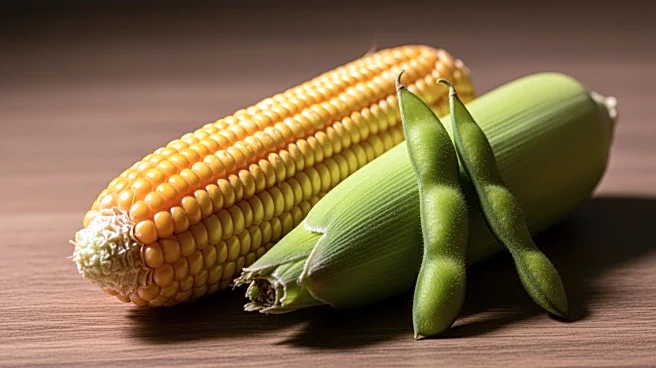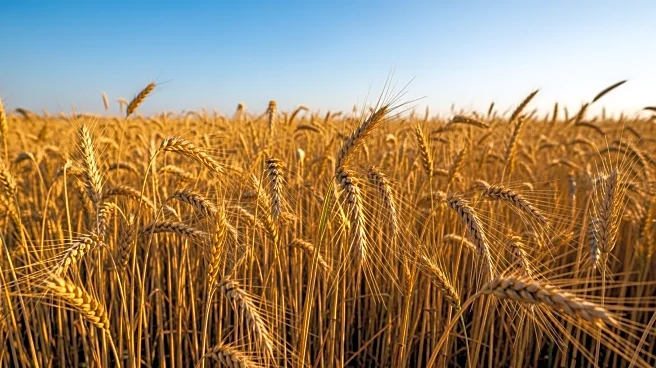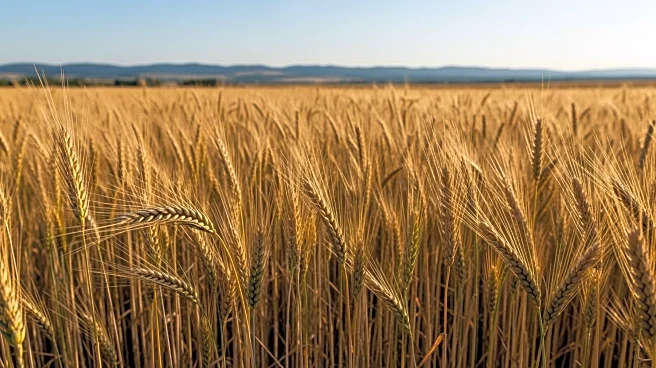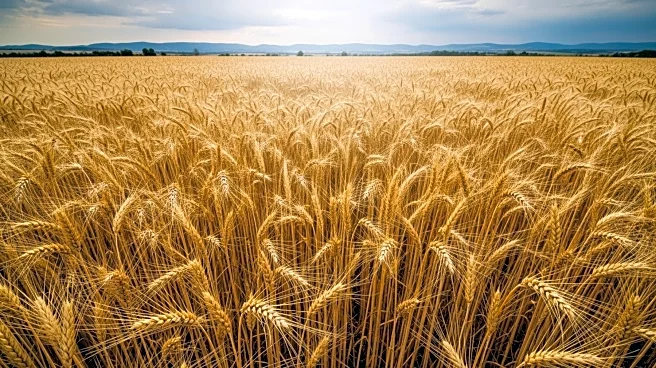What's Happening?
Grain and oilseed markets have been experiencing minimal price volatility, with prices remaining relatively stable due to various factors such as harvest pressure, government shutdown uncertainty, trade wars, and ample supplies. December corn futures have been trading near $4.20, while soybeans have been fluctuating within a $1 range over the past year. Wheat futures have also seen gradual price movements. Despite historically low prices, rising input costs make corn, soybeans, and wheat attractive to end users. Variable yield results suggest that recent USDA yield estimates may be too high, adding complexity to market dynamics.
Why It's Important?
The current sideways movement in grain markets suggests potential for a significant price breakout. Historically, prolonged periods of stable prices often lead to sharp price movements once market conditions change. For producers, this period offers an opportunity to prepare for potential price recovery by employing strategies to manage market risk. End users can benefit from locking in long-term supplies at favorable prices. The situation underscores the importance of strategic planning and execution in agricultural marketing, as market conditions can shift rapidly.
What's Next?
Producers and end users should focus on developing and executing strategies to navigate the current market conditions. This includes negotiating basis contracts, selling into carrying charges, and managing excess inventory. As market dynamics evolve, stakeholders must remain vigilant and adaptable to capitalize on potential price movements. The importance of disciplined decision-making and strategic planning will be crucial in mitigating risks and maximizing opportunities in the grain markets.











